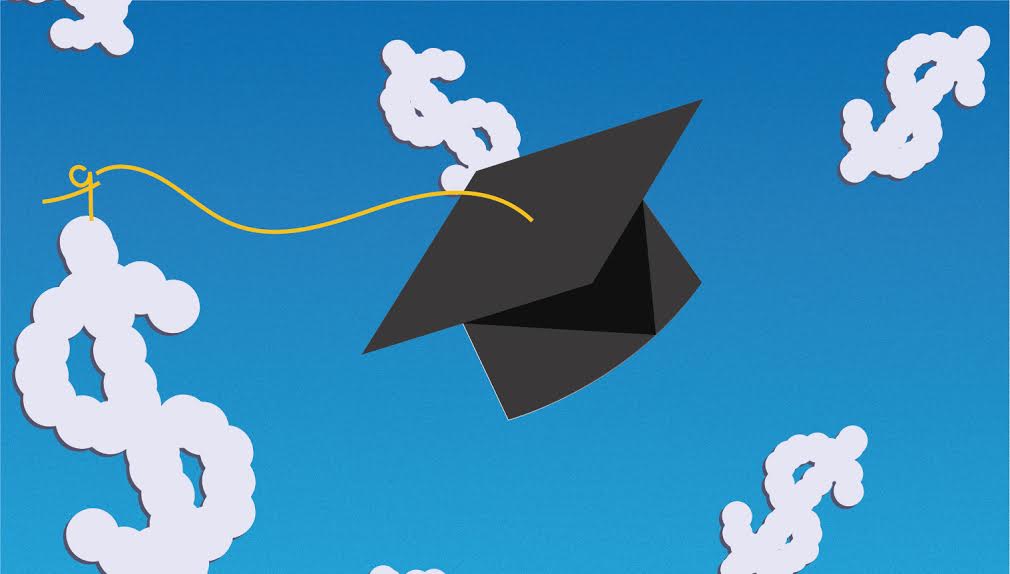For a country that refers to itself as the “land of the free,” it’s cripplingly expensive to get an education in the United States. That said, the distinction between public and private universities is far more important than one would think.
As of November 2014, there were 50 colleges in the U.S. that charged their students more than $60,000 USD per year when including the cost of room and board, with the most expensive being Sarah Lawrence University in New York.
This is a major increase from just two years ago, when there were only nine universities in the U.S. that had crossed this tuition rubicon. It’s widely acknowledged that the cost of an American university education is excessive, yet very few people take into account the difference in cost between public and private universities.
The highest tuition rate for a public college is the University of Virginia. Virginia is quite expensive for a public school at $52,236 per year for its out-of-state students. For comparison, my own undergraduate institution, the University of Rhode Island, charges out-of-state students just under $40,000.
But “out-of-state” is an important distinction. The cost for in-state students at UVA drops by more than half to $23,050 per year. Although that seems expensive, U.S. News put the University of Virginia at number 23 in its ranking of the country’s best colleges last year, putting it only seven schools behind the lowest-ranked Ivy League college, Brown University.
So, what’s the catch? Public schools clearly have lower tuition rates than private schools.
The problem is that most students at private universities still tend to pay less than those who go public. CollegeFactual is a website that uses a combination of schools’ data and public loan documents to estimate the average amount that students actually pay at any given university. They report that the average out-of-state student at UVA pays $36,627 per year. At Brown, the average student pays $27,437. At Harvard, the average is only $18,395.
It seems counter-intuitive that a student at one of the best and most expensive universities in the United States is probably paying less than most students at a generic state school, but there are quantifiable reasons why that is the case.
For one, private schools have funding. Public universities are supposed to have a portion of their operational costs subsidized by their state government, whereas private universities fund almost everything using the students’ tuition and endowments.
The simple truth is that most state governments do not prioritize educational spending. In my four years at the University of Rhode Island, in-state tuition rose by approximately 50 per cent, almost entirely due to cuts in state funding.
The other reason is that, as a rule, private universities tend to be more prestigious than their public counterparts. Prestigious universities tend to have higher endowments, and they can afford to give out bigger tuition breaks in the form of scholarships than a university already strapped for cash.
There’s no question that affording four years or more of schooling in the United States is unbelievably overpriced. For students with no financial aid, the cost of a bachelor’s degree is about equivalent to the cost of a house.
But if you’re going to take your chances with the financial aid office, it seems pretty clear to me you’ve got a better shot at Princeton than Penn State.
